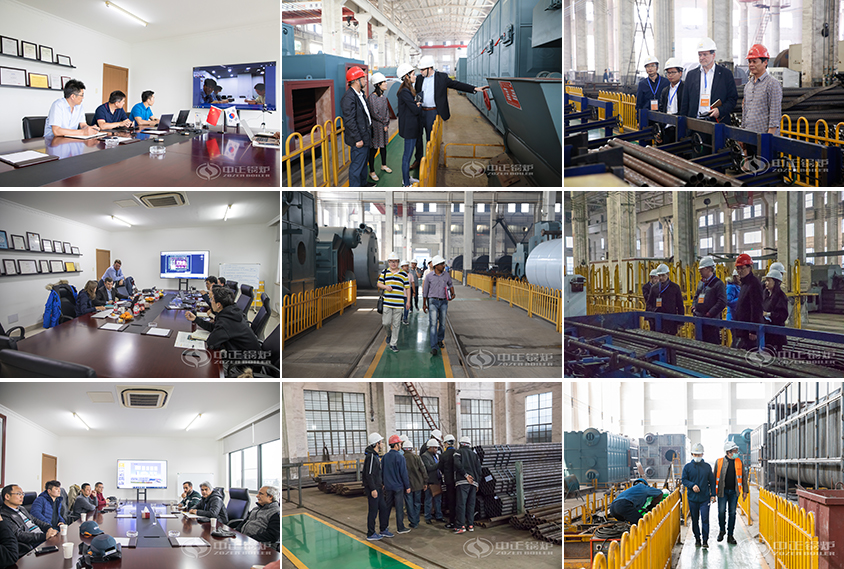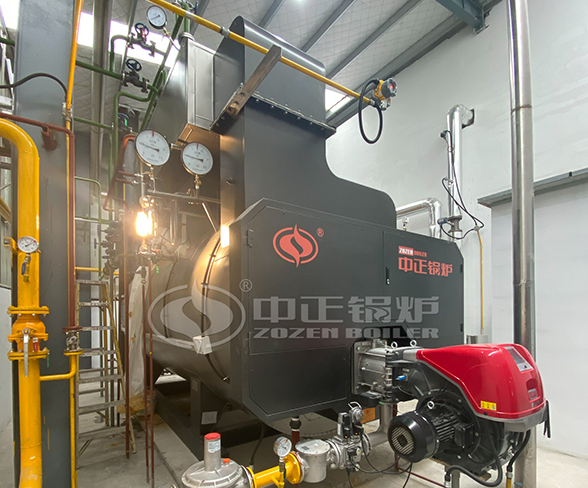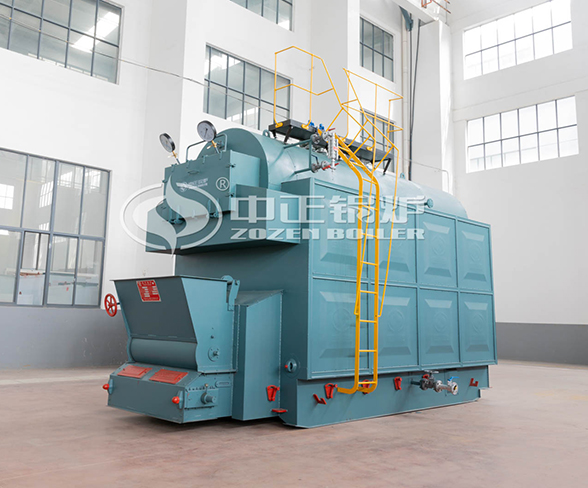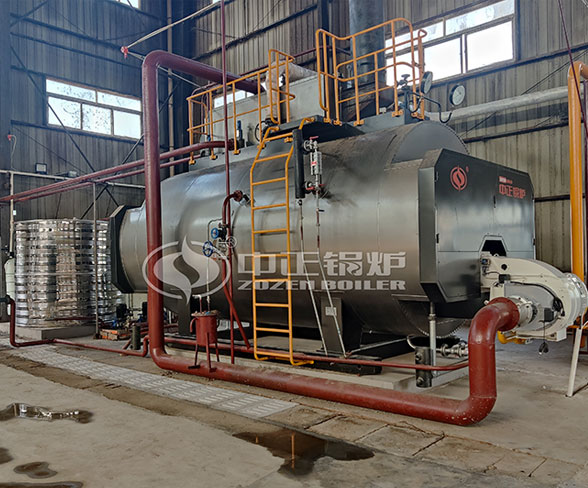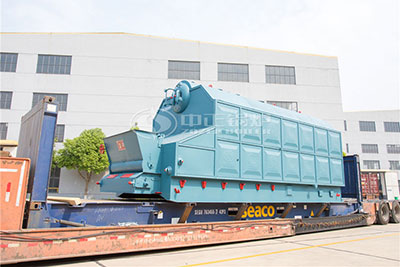In today’s industrial landscape, natural gas steam boilers have become an essential component for various applications. Natural gas steam boilers high efficiency plays a crucial role in optimizing energy consumption and reducing operational costs. This article will explore the significance of natural gas steam boilers high efficiency and the factors that influence their performance.
Importance of Natural Gas Steam Boilers High Efficiency
Natural gas steam boilers find extensive use in a wide range of industries, including power generation, chemical processing, and manufacturing. The key importance lies in their ability to convert natural gas into steam with minimal heat loss, ensuring maximum energy utilization. High efficiency is critical for several reasons:
1. Energy Conservation: Natural gas is a valuable resource, and maximizing its utilization is essential for sustainable development. High-efficiency boilers minimize energy wastage, resulting in significant cost savings and reduced environmental impact.
2. Cost-effectiveness: By operating at peak efficiency, natural gas steam boilers reduce fuel consumption, leading to lower operational expenses. This cost-effectiveness enhances the competitiveness of industries relying on steam boilers for their processes.
3. Enhanced Productivity: High-efficiency boilers provide a continuous and reliable source of steam, ensuring uninterrupted production processes. This increased productivity translates into improved overall operational efficiency and customer satisfaction.
Factors Influencing Natural Gas Steam Boilers High Efficiency:
Several factors contribute to the high efficiency of natural gas steam boilers:
1. Combustion Control: Precise control of the gas-to-air ratio during combustion ensures optimal fuel utilization and minimizes wastage. Advanced combustion control systems are crucial in achieving high efficiency.
2. Heat Recovery: Efficient heat recovery systems capture and utilize waste heat from flue gases, further improving boiler efficiency. Utilizing this recovered heat for preheating feedwater or other processes reduces energy consumption.
3. Boiler Design: Well-designed boilers with optimized heat transfer surfaces maximize the transfer of heat from the combustion process to the water, resulting in improved efficiency.
Introduction to ZOZEN Boiler’s Natural Gas Steam Boilers
ZOZEN Boiler, a leading domestic industrial boiler manufacturer, offers a range of natural gas steam boilers renowned for their high efficiency and reliability. Two prominent models are the WNS and SZS boilers, each with unique features:
WNS Model:
– High Safety Standards: The WNS model incorporates advanced safety features, including multiple safety interlocks and automatic shutdown mechanisms, ensuring safe operations.
– Compact Design: WNS boilers are designed with a compact footprint, making them suitable for installations with limited space requirements.
– Fully Automatic Operation: The WNS model boasts fully automated controls, enabling easy operation and reducing the need for manual intervention.
– Wide Capacity Range: With capacities ranging from 1 to 20 tons, the WNS model caters to various industrial demands.

ZOZEN natural gas steam boilers feature high efficiency and low cost
SZS Model:
– High Efficiency: The SZS model features a large furnace design combined with a multi-pass flue gas flow arrangement, maximizing heat transfer and overall boiler efficiency.
– Ample Output Capacity: SZS boilers are capable of delivering high steam output, making them suitable for applications requiring substantial steam supply.
– Enhanced Automation: The SZS model incorporates advanced automation systems, enabling precise control over various parameters to achieve optimal performance.
– Reliable and Durable: ZOZEN Boiler’s SZS boilers are built to withstand harsh operating conditions, ensuring long-term reliability and durability.
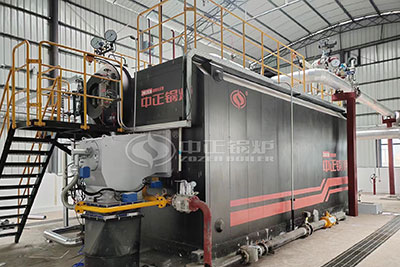
ZOZEN high efficiency SZS Natural Gas Steam Boilers
In conclusion, natural gas steam boilers high efficiency is of paramount importance in various industries. ZOZEN Boiler, a prominent domestic manufacturer, offers the WNS and SZS models known for their safety, efficiency, output capacity, and automation.


